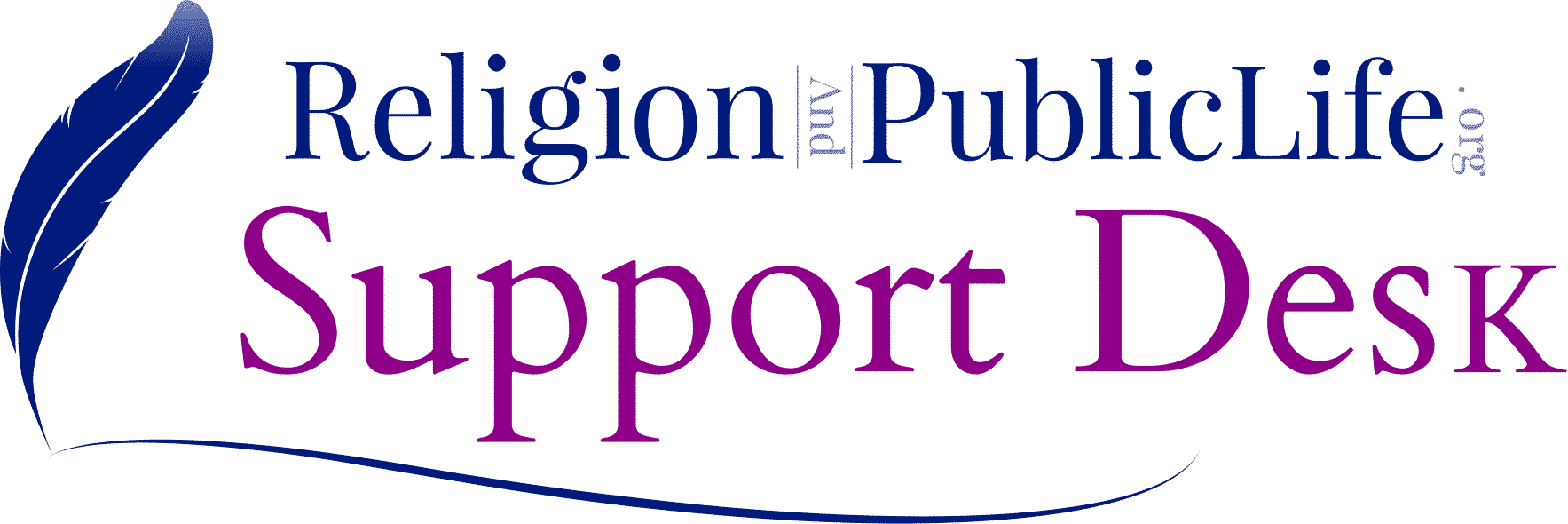Chartered Pluralism: 3Rs of Religious Liberty
At ReligionAndPublicLife.org, learners are encouraged to apply the legal theories “chartered pluralism” and the “3Rs of religious liberty,” as articulated in the Williamsburg Charter. It was signed by one hundred American leaders on June 22, 1988 and published in commemoration of the 200th anniversary of Virginia’s call for a Bill of Rights. Dr. Os Guinness, its primary architect, explains:
Chartered pluralism is a vision of religious liberty in public life that, across the deep differences of a pluralistic society, forges a substantive agreement, or freely chosen compact, on three things that are the “3Rs” of religious liberty in a pluralistic society: rights, responsibilities, and respect.
The compact affirms, first, that religious liberty, or freedom of conscience, is a fundamental and inalienable right for peoples of all faiths and none; second, that religious liberty is a universal right joined to a universal duty [responsibility] to respect that right for others [especially for those with whom we disagree]; and third, that the first principles of religious liberty, combined with the lessons of two hundred years of constitutional experience, require and shape certain practical guidelines by which a robust yet civil discourse [respect] may be sustained in a free society that would remain free. (Guinness 1990, pp. 11-12) [emphasis added].
Guinness asserts that chartered pluralism requires that the rule of law move beyond an abstract political promise of toleration; rather, it implies a legal duty to protect the rights of those with whom we disagree. Chartered pluralism avoids “any form of over-reaching consensus that is blind or insensitive to small minorities and unpopular communities” (Guinness 1990, p. 12). Students are encouraged to apply the legal theories of “chartered pluralism” and the “3Rs of religious liberty” in their coursework.
Nate Walker is the author of this solution article.
Did you find it helpful? Yes No




